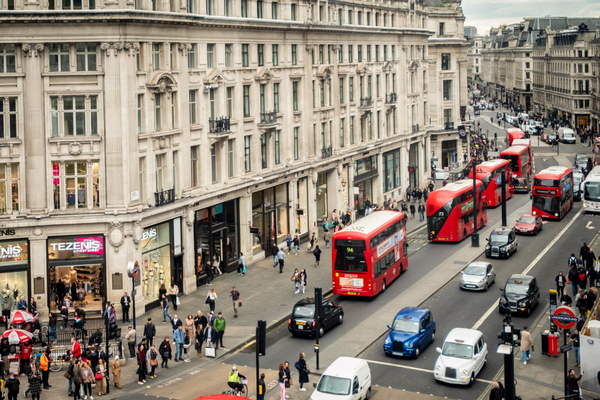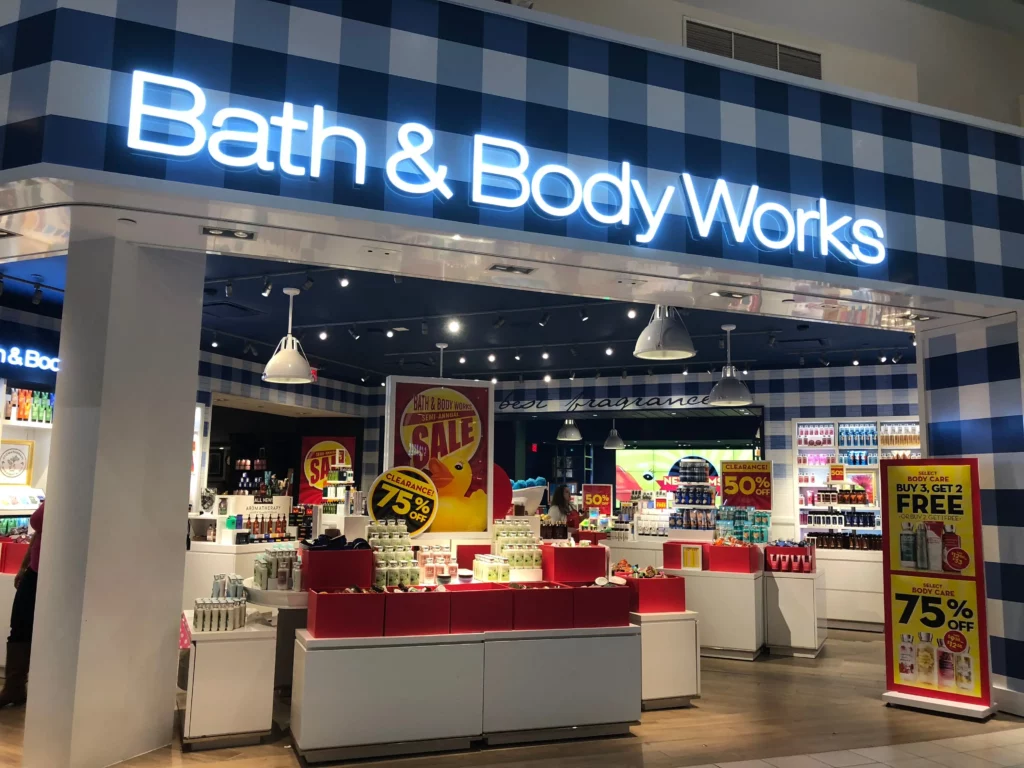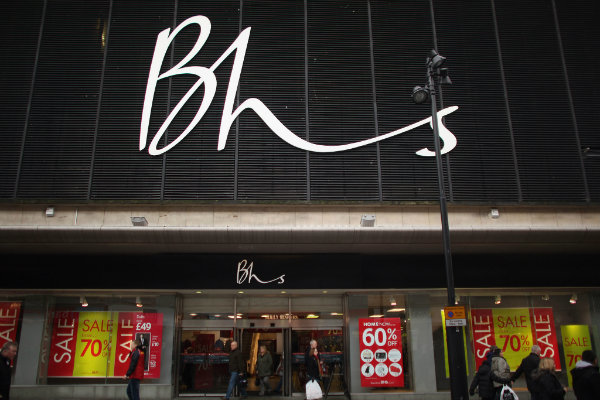On April 12, non-essential retailers were able to begin reopening their doors – first in England and Wales – as the government begun the easing of Covid-19 safety measures.
As more shoppers begin to venture out to bricks-and-mortar stores across the UK, CBI’s latest monthly Distributive Trades Survey revealed that April’s retail sales volumes were viewed as “good” for not only the first time this year but also to the greatest extent since June 2018.
Now as the retail sector begins to recover from the damage of the pandemic, Simon Dring, head of retail insights at Mention Me, offered his predictions for the next coming months.
“Uncertainty will continue to be a key theme for the retail market over the next few months,” he told Retail Gazette.
“While sales numbers are looking positive, retailers have a host of issues to contend with.
“One of the key challenges for in-store retail is how to differentiate. Prior to the pandemic, shoppers went in-store for the experience, but that now involves one-way systems, masks and other restrictions.
“As a result, it’s increasingly important to combine online and offline channels to create a coherent experience.
“It’s unlikely that shops re-opening will significantly threaten online retail.
“We know that the impact of re-openings in summer 2020 was minimal. Garden centres reopening, for example, had little impact on online activity for the home and garden sector.
“At the end of July 2020, our data shows that these brands were still up, seeing 78 per cent more online orders and acquiring 71 per cent more new customers year on year.”
“Covid-19 has undoubtedly shifted the ever-changing retail landscape”
Becky Kells, B2B editor at Student Beans, said that as Brits spent more time than ever indoors and online, online consumer spending behaviour skyrocketing during lockdown was inevitable.
“For example, in the past 12 months, we’ve seen sales for categories such as fashion almost double by 51 per cent, as well as demand for sports and fitness products growing by an incredible 90 per cent,” she explained.
“As the pandemic hopefully looks to come to a close, prospective forecasts outline that online demand will continue to thrive due to convenience and speed.
“UK retailers need to be ready to deliver a shopping experience that meets the demands of consumers they’ve become reliable upon within the coming months.”
As retailers begun to return to normality, the jury is still out on if the effects of the pandemic will ever be truly shaken off.
“There’s no doubt that the effects of the pandemic will have a lasting impact on retailers for many months and years to come,” said James Pow, senior retail advisor at Quantuma.
“Consumer confidence has been severely impacted and despite an initial influx of custom across the UK, what’s to come remains uncertain and retailers must be prepared.”
Samuel Mueller, chief executive at Scandit, added: “As we emerge from the crisis, optimism is high.”
“In fact the UK consumer confidence index has bounced to its highest level since before the start of the pandemic. It’s clear the proportion of people ready to make shopping trips has risen sharply.
“Despite the optimism, it’s likely that the retail sector will never be the same again.
“Buying habits have changed, as have customer expectations.
“The most significant retail trend was the enormous shift to online shopping; the ease and convenience that this provided will certainly be an aspect that retailers will be keen to replicate in store.”
Fashion and department store retailers were among the worst affected retailers at the height of the pandemic, especially the high street shops, how will this sector of retail look in the future.
“Most of the retail empires that have crumbled over the last year were already struggling well before the pandemic,” explained Melissa Minkow, retail industry lead at CI&T.
“Consumers’ rising comfort with online shopping, increasing price-sensitivity, and access to an abundance of resale and fast fashion retailer options have snowballed over the years into an extremely competitive environment.
“The pandemic was certainly the nail in the coffin, but the death for many of these retailers has been a slow yet inevitable one.
“Investing in digital and omni-channel strategies designed to flex to consumers’ ever-changing shopping behaviours is non-negotiable.
“So many of the retail empires we’re seeing crumble didn’t take that as seriously as they should have.”

As business resumes, countless high streets across the UK will be missing retailers who were unable to reopen their doors thanks to the battering they took amid the pandemic. In fact according to Local Data Company (LDC), on behalf of accounting firm PwC, reported that 17,532 retail outlets shut their doors for the last time in 2020.
So can the public expect to see smaller shop spaces and store estates?
Rohit Gupta, head of product and resources at the technology solution firm Cognizant, said that although many brands have decided to reopen their high-street doors, there were still many that have decided not to, with one-fifth of UK retailers not planning to reopen after Covid.
“In light of this, the future high street looks like it will be made up of fewer, but much larger stores, with the concept of the mega store potentially becoming much more familiar to UK shoppers,” he explained.
“Smaller stores that are left unopened will then be used as ‘dark stores’ – more convenient and local warehouses used for fulfilment to improve the ecommerce home delivery experience.”
As online sales continue to surge despite physical retail reopening, Kells said it was possible for multichannel and online-only retailers to maintain the surge in revenues they’ve enjoyed in the past year.
“One way that online-only or online-first retailers can maintain their surge in lockdown-related consumers is via recreating those in-person shopping experiences in a digital format,” she explained.
“We saw a lot of partners opt for gamification solutions – these work particularly well for e-commerce brands, because they create the experiential elements of retail that Gen Zs love, but in a digital format.
“Interactivity, competitions and narrative-building are all ways that e-commerce brands can create that excitement and nurture consumers.
“Now is the time for e-commerce brands to optimize their user journeys for the typical Gen Z consumer.
“Gen Zs prefer to flit between app and desktop throughout the browsing and purchasing process – make sure your touchpoints reflect their habits.”
Pow said that consumers would now expect more from the products and services that retaiulers offer.
“The pandemic has raised the bar for consumer expectations,” he said.
“In store, along with all necessary safety measures, successful brands will be those who embrace the experiential offering and make consumers’ visits memorable.
“And online, consumers will expect even greater convenience and personalised offerings from brands.”
“Online retailers need to seize the opportunity to convert people from first time purchasers and “online curious” into full online shoppers.”
Dring added that instead of physical shops, the big threat for online-only retail was other online retailers upping their game.
“Customers who have cemented their online shopping habit are unlikely to go back to in-store, but they might be easily tempted by other brands,” he said.
“Nothing forces change like a crisis”
“This is especially true in face of the existential threat posed by Amazon to almost all retail brands.
“You can’t win purely on delivery or cost anymore; you have to stand for something more.”
As retailers push forward with new strategies, it’s more important than ever for retailers to remain vigilant in case of another crisis in the future.
Mueller explained that retailers that have been slow to complete their digital transformation were now being forced into it by the pandemic.
“Covid-19 has shone a spotlight on the need for rapid digital transformation in these uncertain times,” he told Retail Gazette.
“Retailers that have been quick to adapt to the new demand for ‘contactless retail’, are better positioned to succeed, whatever the new normal is and even if there is another crisis.
“Retailers must remember that the point of sale no longer sits behind a fixed counter. As a result, bricks-and-mortar retailers need to follow suit to remain vigilant.”
Minkow added that tightening up demand forecasting methods to streamline the supply chain will be absolutely crucial in minimising waste-generated losses.
“A major challenge as we navigate ourselves out of lockdown will be predicting which retail categories will bounce back quickly, which will bounce back more slowly, and which will become obsolete,” she said.
“For retailers that carry a variety of products, balancing the sales mix just right will be key.
“For retailers in niche spaces poised to face obsolescence, they must think carefully about how they can leverage their capabilities to re-invent their offering.”
Click here to sign up to Retail Gazette’s free daily email newsletter
















